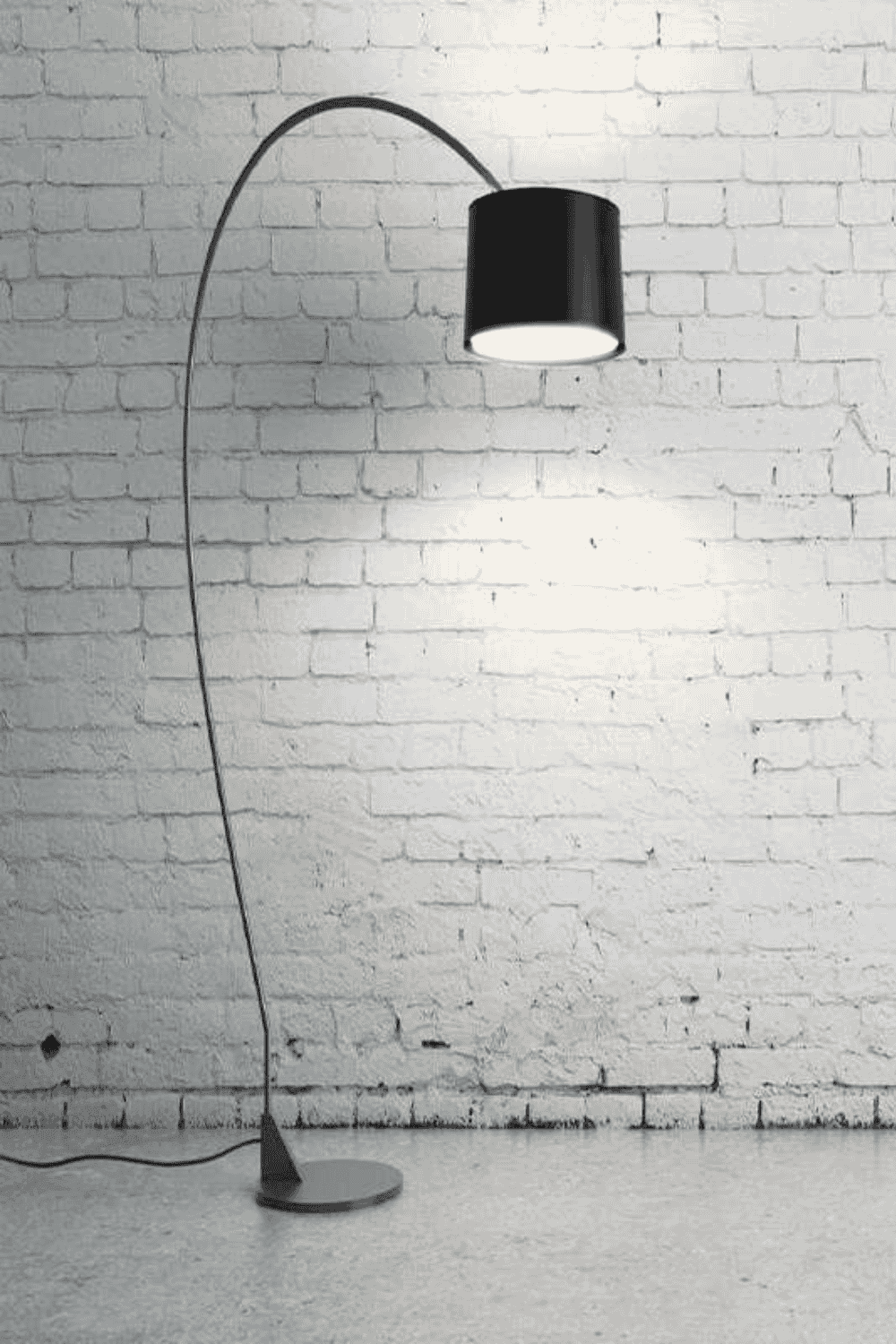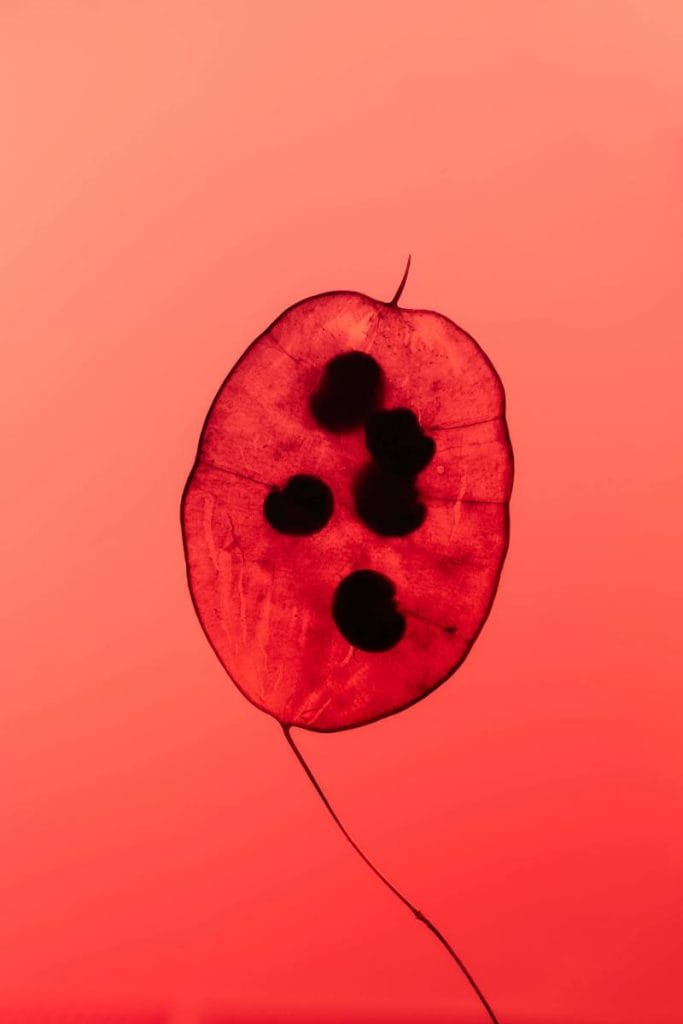Holistic Interior Design: Harmonizing your home energies
-

In the pursuit of a balanced and harmonious life, the environment in which we reside plays an important role. According to Ayurveda, our living spaces can profoundly influence our well-being by aligning with the principles that govern our unique Ayurvedic body type, or dosha—Vata, Pitta, and Kapha.
By thoughtfully integrating Ayurvedic wisdom into the design of our homes, we can create spaces that nurture our bodies, minds, and spirits.
Vastu tips for home—like aligning the kitchen in the southeast or home office in the south—can enhance the flow of positive energy and support holistic well-being.
Ayurveda Wisdom for Harmonizing Home Energies
Vata Home Energy: Warmth and Coziness
Vata Dosha is characterized by the elements of air and ether, manifesting as creativity, enthusiasm, and flexibility. However, when out of balance, Vata can lead to anxiety, restlessness, and coldness. To create a Vata-balancing space, focus on warmth, grounding, and stability.
- Colors: Opt for warm, earthy tones such as beige, ochre, pastels, and soft browns. These colors promote a sense of security and calmness.
- Style: Choose soft, rounded furniture with comfortable cushions and throws. Avoid sharp, angular designs that can exacerbate Vata’s tendency towards restlessness.
- Plants: Incorporate sturdy plants like succulents, rubber plants, and peace lilies. These plants provide a grounding influence and are easy to care for, which aligns with Vata’s airy nature.
- Décor: Use soft fabrics like wool, cotton, and silk for curtains and upholstery. Adding rugs and carpets can help insulate the space, providing both warmth and sound absorption. Include artwork that depicts serene, natural scenes to invoke a sense of tranquility.
For Vata dosha, functionality in design should embrace minimalism, drawing inspiration from Scandinavian aesthetics and Danish hygge. This style focuses on creating a serene environment that nurtures Vata’s need for calm and grounding. Opt for simple, clean-lined furniture that exudes warmth and coziness, using natural materials like wood and wool to add texture and comfort.
Incorporate elements of hygge with plush throws, soft lighting, and cozy nooks that invite relaxation and introspection. By embracing minimalistic design, you can create a space that balances Vata’s airy nature and promotes tranquility and well-being.
-

Pitta Home Energy: Minimalistc Ambiance
Pitta Dosha is governed by fire and water, embodying qualities such as intensity, passion, and leadership. When imbalanced, Pitta can result in irritability, anger, and overheating. To harmonize Pitta, focus on creating a cool, calm, and serene environment.
- Colors: Choose cool, soothing colors like blues, greens, lavender, and soft whites. These shades help to counterbalance Pitta’s fiery nature.
- Style: Select minimalist and clean-lined furniture that exudes simplicity and order. Avoid clutter, as it can aggravate Pitta’s desire for control and precision.
- Plants: Opt for cooling plants such as aloe vera, snake plant, and ferns. These plants not only cool the space but also purify the air, promoting a healthier environment.
- Décor: Use lightweight, breathable fabrics like linen and cotton for curtains and upholstery. Incorporate water features, like a small fountain or an outdoor water wall, can further cool the space and create a tranquil atmosphere. Add mirrors strategically to reflect light and create a sense of spaciousness.
For Pitta dosha, functionality in design should prioritize airy, open spaces that promote a sense of calm and relaxation. Opt for an open floor plan with plenty of natural light to create a spacious and breathable environment.
Terraces and patios should be designed with ample shade, using pergolas, awnings, or shade sails to protect from direct sunlight and avoid overheating.
-

Kapha Home Energy: Lightness and Functionality
Kapha Dosha is associated with earth and water, characterized by stability, calmness, and nurturing. However, an excess of Kapha can lead to lethargy, stagnation, and heaviness. To balance Kapha, focus on creating a lively, bright, and invigorating atmosphere.
- Colors: Choose vibrant and stimulating colors such as warm yellows, oranges, reds, and bright greens. These colors help to energize and uplift the space.
- Style: Opt for lightweight and multifunctional furniture that can be easily rearranged to keep the space dynamic. Avoid heavy, bulky items that can create a feeling of stagnation.
- Plants: Integrate a variety of flowering plants and aromatic herbs like basil, mint, and jasmine. These plants not only add color and fragrance but also help to invigorate the senses.
- Décor: Use light, airy fabrics for curtains and upholstery. Introduce elements of motion and lightness, such as hanging mobiles or wind chimes. Incorporate artwork that features lively, vibrant scenes to inspire energy and movement.
For Kapha dosha, functionality in design should focus on creating spaces that keep them engaged and invigorated. Avoid bulky furniture pieces and opt for lightweight, flexible pieces that promote ease of movement and adaptability.
Incorporate distinct areas that encourage activity and engagement: a dedicated work area to stimulate the mind, an exercise room to keep the body active, and a meditation space to support mental clarity and relaxation.
-
How Holistic Home Design Reflects the 5 Elements: Air, Space, Fire, Water, and Earth
Integrating the five elements into the design of living spaces can profoundly harmonize the doshas and enhance holistic health.
- For Vata dosha, characterized by the air and ether elements, outdoor spaces like terraces and patios are important. These areas should be designed to provide warmth and stability with cozy seating, soft lighting, and gentle wind chimes that soothe the restless nature of Vata.
- Pitta dosha, governed by fire and water, the kitchen and fireplace become focal points. These areas should incorporate cooling colors, minimalistic designs, and water elements like an indoor fountain to balance Pitta’s intensity and heat. Pitta dosha is especially attuned to sight—meaning visual harmony plays a profound role in calming and balancing this constitution. When the interior of your space radiates softness, order, and cool-toned clarity, it doesn’t just look beautiful—it becomes medicine. Harsh lighting, chaotic layouts, and overstimulating colors can agitate Pitta, while thoughtfully curated environments with natural textures, flowing forms, and soothing hues help pacify the inner fire.
- Kapha dosha, associated with earth and water, should pay attention to spaces like the pool area, patio or garden. These spaces should be done with bright, uplifting colors, lightweight décor, and aromatic plants.
By thoughtfully designing our homes according to Vastu principles and aligned with Ayurvedic doshas, we can create a harmonious living environment that supports mind-body balance and overall well-being.



